The First World War was a global conflict of such magnitude the world had never seen before. Technological advancements of the early twentieth century brought efficient new weapons that killed millions and left many with devastating injuries.
It wasn’t just the bullets or explosives that claimed lives. Hunger and disease also had a hand in the massive death toll.
Join us as we uncover sobering facts about the First World War beyond what you’ve learned in the classroom.
Discover how new technology changed warfare and the valuable contribution of musicians, women, and animals during the struggle.
The First World War was the first of its scale.
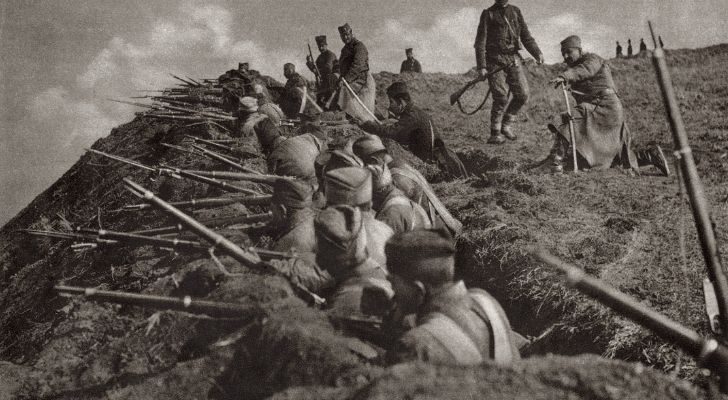
Humans have had countless clashes in history, but there had never been one to involve this many nations.
By the war’s end, over 30 countries had joined the conflict.
The war lasted four years, three months, and two weeks.

Austria-Hungary began the war with Serbia 110 years ago on July 28, 1914.
The signing of the armistice on November 11, 1918, ended the conflict.
It wasn’t always called the First World War.

Up until World War II, It was simply known as the World War or Great War.
Ernst Haeckel, a German biologist and philosopher, was the first to call it the First World War.
The assassination of Austro-Hungarian royalty was the tipping point that started the war.
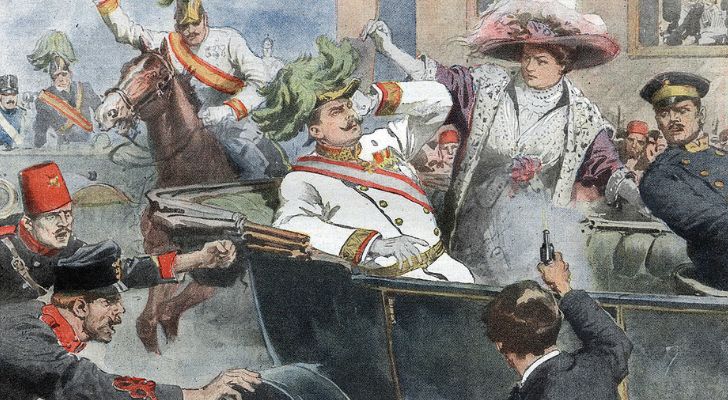
Tensions were already high in Europe, but the last straw was a Serb assassinating the Austro-Hungarian heir, Archduke Franz Ferdinand.
Austria-Hungary blamed Serbia, and thus, the war began.
The first attempt to assassinate Archduke Franz Ferdinand failed.
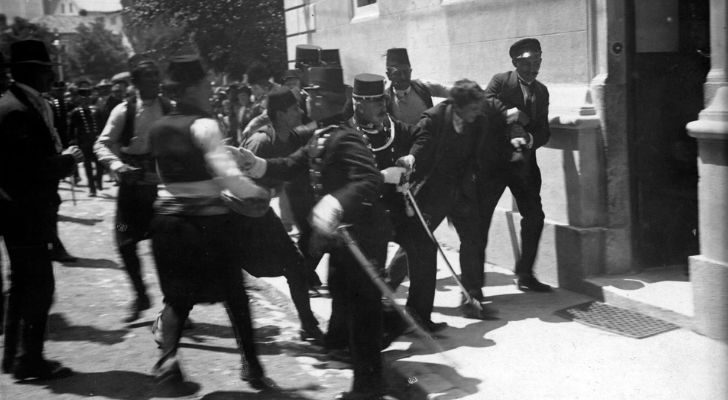
Serbian assassins first struck on the morning of June 28, 1914, by throwing a bomb at the archduke’s car.
The bomb bounced off Ferdinand’s car, though, and blew up one of the other cars in the motorcade.
The Austro-Hungarian archduke was only successfully assassinated because his driver made a wrong turn.

After the archduke completed his business in Sarajevo, a slight change was made to his travel route.
Unfortunately, the driver, who didn’t understand German, missed this crucial information and took a wrong turn.
This brought the car right in front of Gavrilo Princip, who fired two shots, killing the archduke and his wife.
The war involved two opposing sides: the Central Powers and the Allies.
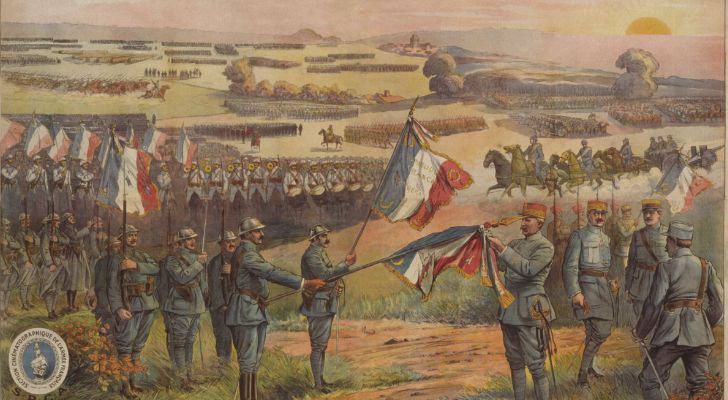
The Central powers included countries like Germany, Austria-Hungary, and the Ottoman Empire.
The Allies were France, Serbia, Italy, Russia, the United Kingdom, Japan, and the United States of America.
World War I brought four empires to ruin.

These were the German, Russian, Ottoman, and Austro-Hungarian empires.
As a result of the collapse, many independent republics were founded, including Austria, Estonia, Lithuania, and Turkey.
WWI is responsible for one of the highest number of casualties in the history of humanity.

The First World War caused 9.7 million soldiers and 11 million civilians to die, with an additional 21 million people injured.
The tragic reality is that the vast majority of the WWI casualties were because of war-related famine and disease.
This was the first war to take place across three dimensions.
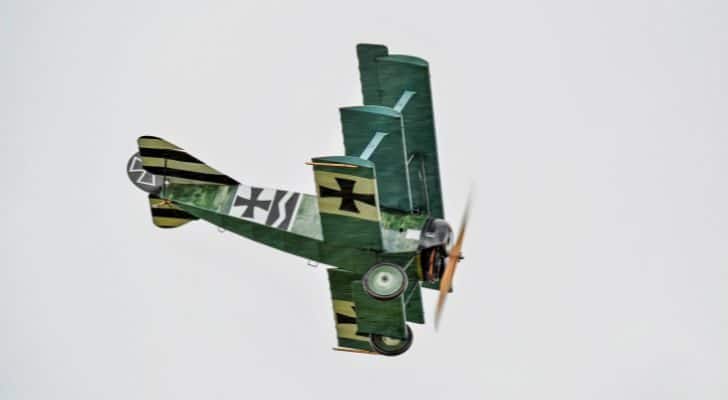
Historically, wars had been either fought at sea or on land in highly specialized formations.
WWI changed everything, though, by introducing both trench and aerial warfare.
H.G. Wells called WWI the war to end all wars.

English author H. G Wells, who came up with the phrase, believed that crushing German soldiers in World War I would begin the end of all conflicts in Europe.
As we know now, Wells couldn’t have been more wrong.
Soldiers didn’t even wear proper helmets at the outbreak of WWI.

The best helmets that any troops were equipped with were made of leather, which was absolutely useless.
It wasn’t till a year later, after seeing the grave head injuries modern weapons caused, that France started issuing steel helmets to troops.
The British built the first armored tanks used in the First World War.
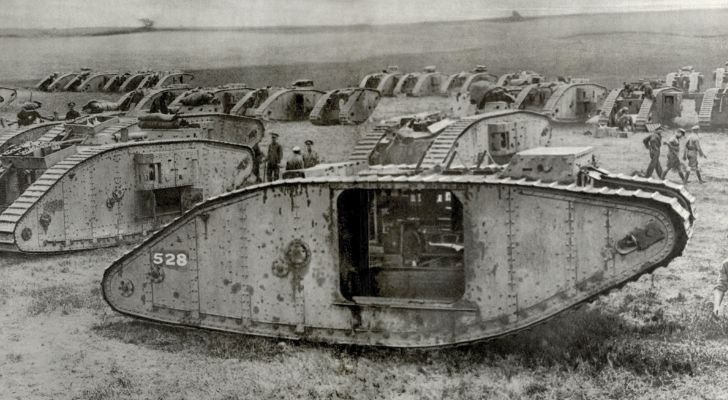
Tanks were developed to help cross obstacles, carry supplies, and break through enemy lines.
The first time a tank entered the battlefield was on September 15, 1916, at the Battle of the Somme.
German soldiers engineered the reversed bullet to penetrate British WWI armored vehicles successfully.
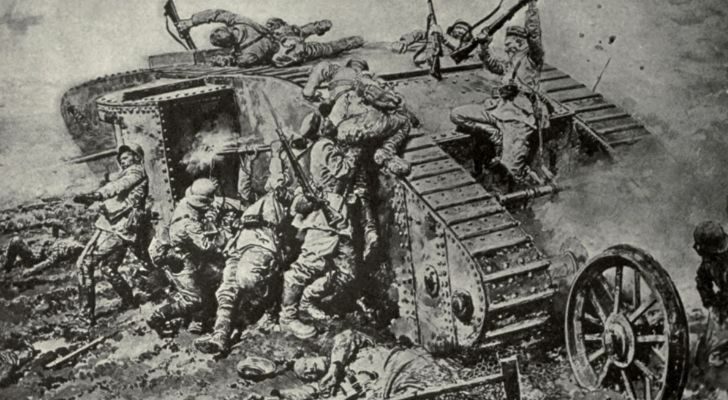
Regular bullets were no match for the impregnable tanks and would disintegrate on impact.
The German military fabricated the reversed bullet, which was essentially a bullet placed backward in the cartridge. The blunt end was less likely to break apart and could penetrate tanks if fired at close range.
The first army tanks used in the war had genders.
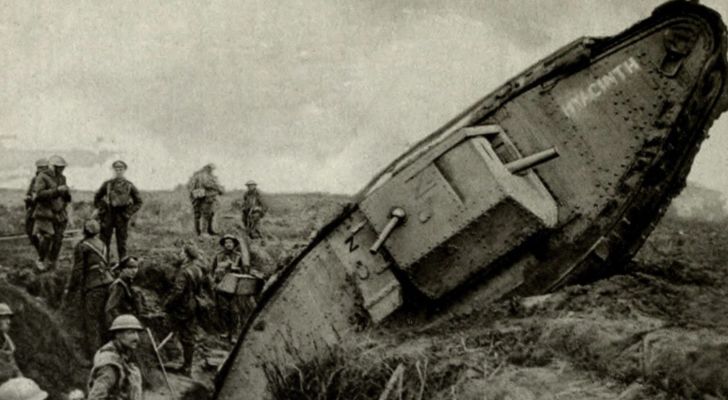
British armored tanks were gendered based on the type of weapons they carried. Male tanks had cannons, while the females were mounted with machine guns on each side.
Making weapons used in WWI caused some British women and their babies to get yellow skin.

Known as the Canary Girls, these women were responsible for making trinitrotoluene (TNT) weapons.
The toxic chemicals used in the bomb factories caused them to develop liver damage and jaundice, which turned their skin yellow.
Babies born to these women also had temporarily yellow skin that faded on its own with time.
American schools banned the German language during the First World War.
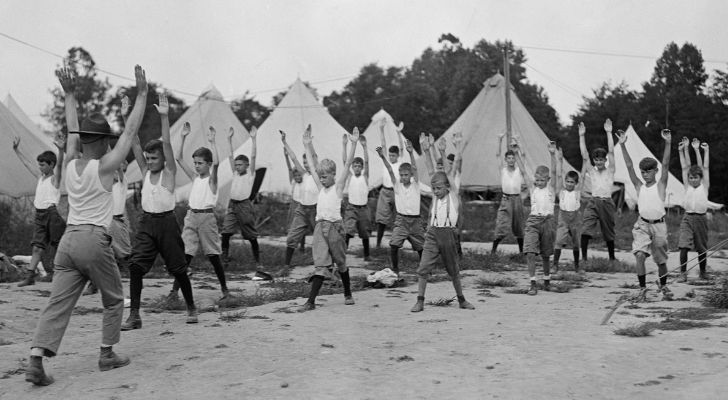
Before the war, German was the second most popular language in the US.
When the war began, it was seen as the enemy’s language and was no longer taught in schools.
Popular items with German names were renamed in English during WWI.

Hamburgers became Liberty sandwiches, and Sauerkraut was renamed Liberty Cabbage.
Even German shepherds weren’t spared; to this day, they’re often referred to by their English name: Alsatian shepherds or simply Alsatians.
The British royal family ditched their German surname as WWI increased hostility towards Germany.
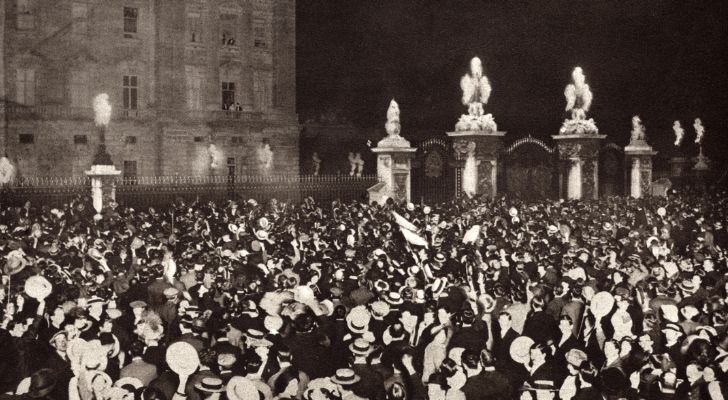
Before the war, the British royal family had a German name, Saxe-Coburg and Gotha. But as anti-German sentiments grew, King George V changed the family name to Windsor, a truly proper English name.
The British postal service delivered 12 million letters each week to the WWI frontlines.
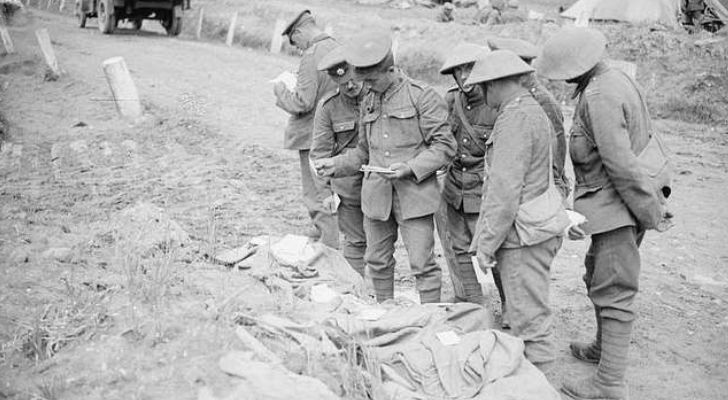
Most of these letters went to frontline soldiers and were crucial to boosting their morale.
The postal service wasn’t just one-way, either – soldiers could expect their replies to reach their loved ones within a matter of days!
Scottish Bagpipers led the charge into German trenches.

While the bagpipe’s keening sound helped boost the morale of the British soldiers, it was their effect on the German forces that was truly astounding.
These fearless pipers soon became known as “Die Damen aus der Hölle,” or Ladies from Hell, among enemy lines.
Musicians on the First World War battlefields endured significant losses at the hands of German soldiers.

The pipers couldn’t defend themselves on the frontlines as they marched into battle with only their musical instruments.
If one was gunned down, another just took their place, and the music continued. Of the 2,500 pipers mobilized for the war, about 500 were killed and 600 injured.
WWI marked the dawn of Aerial warfare.
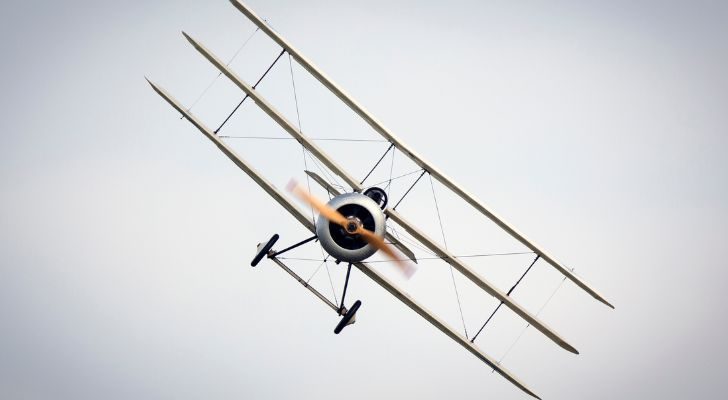
When the war began, planes were only used for aerial surveillance. Later, it got other uses in combat, like dropping grenades or other weapons over enemy territory.
Eventually, they started making aircraft fitted with specialized weaponry.
Air traffic control was invented during the First World War.
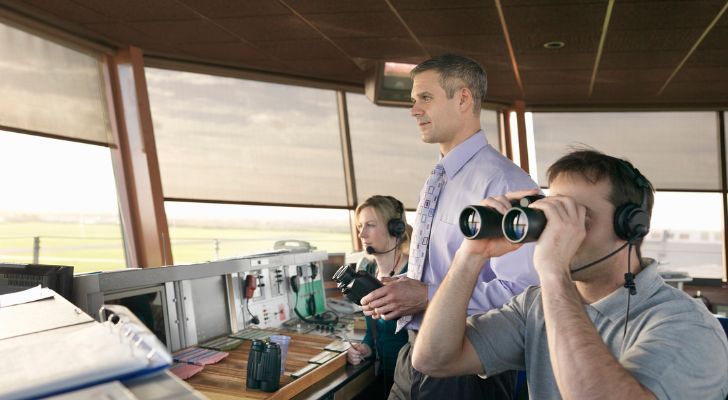
Before the First World War, once planes were in the skies, they had no way to maintain communications with the base.
By 1916, the first helmets with microphones were made for fighter pilots. This great innovation was the turning point that led to the development of modern air traffic control.
The French used darts as a lethal weapon against their enemies in the First World War.
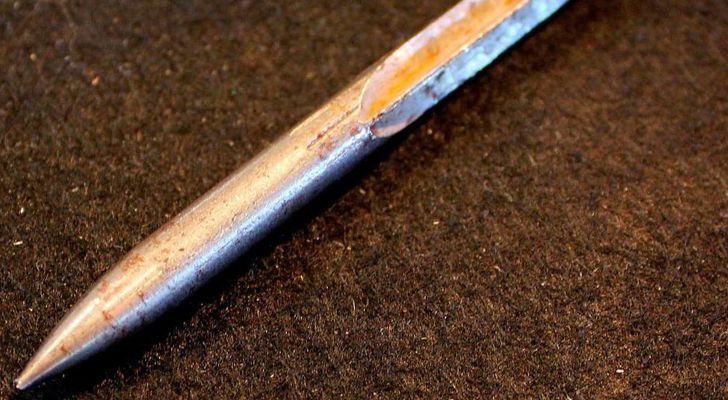
This unusual weapon, called flechette, was roughly five to eight inches (12 to 20 cm) long with a sharp pointy edge.
One flechette might not sound so bad, but French planes dropped hundreds of them at a time over German trenches.
Over 35,000 miles of trenches were dug during WWI.
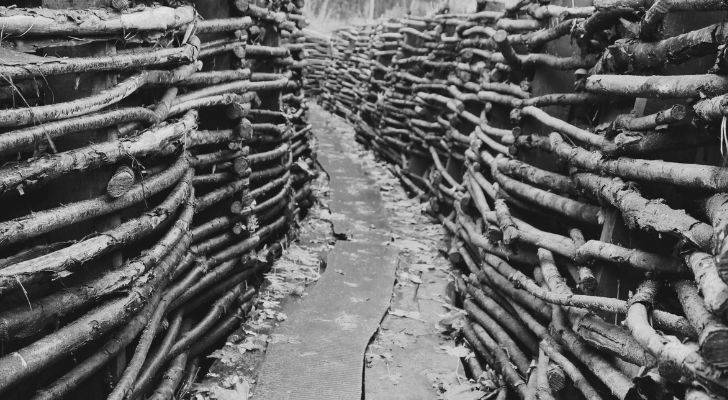
Trench warfare was crucial in the First World War, with the first of these ditches dug on September 15, 1914.
By the end of the war, the Allies had dug 12,000 miles (19,312 kilometers) of trenches, and the Central powers had dug 23,000 odd miles (37,015 km) of them.
The British military tried various tactics to get German soldiers to surrender in World War I.
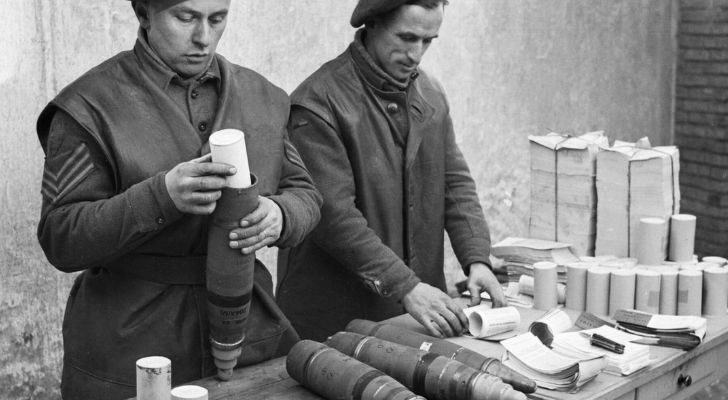
Airborne leaflet propaganda was common during the First World War. They contained information about rewards, the humane treatment of war prisoners, and even tips to get enemy soldiers to surrender.
By the time the war ended, the British military had dropped about 26 million fliers.
The First World War contributed to the Spanish flu outbreak.
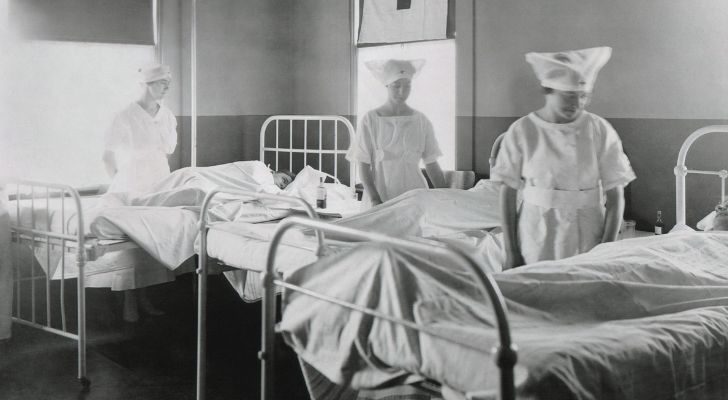
Scientists believe that the increased migration during the war contributed to the next major killer, the Spanish flu.
People from isolated locations were exposed to infections they otherwise would never have contracted. And let’s not even get started on the lowered levels of sanitation.
The bedroom of a deceased World War I soldier has remained untouched since he died.

After French soldier Hubert Rochereau died during the war, his grieving parents vowed to leave his room unchanged. They even made a contract so that successive owners of the property would maintain it for 500 years.
A World War I scientist carried out experiments on himself while developing gas masks.
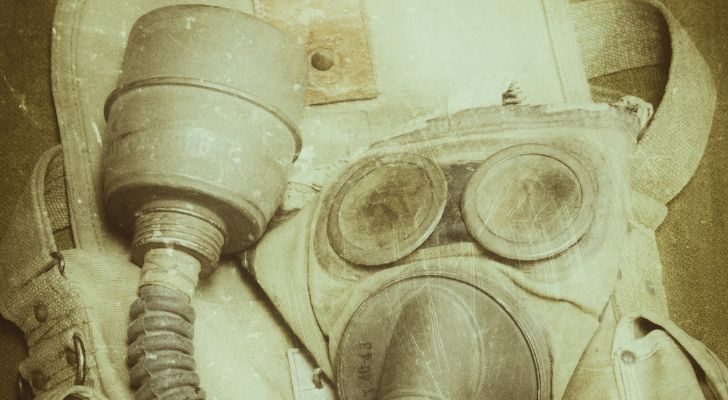
John Scott Haldane exposed himself to harmful gases while trying to develop gas masks for the Allied forces.
His only failsafe plan to ensure his safety was asking his daughter to stand outside the door. If things ever got out of hand, her duty was to break in and save him.
Over 16 million animals served in the First World War.

Horses, dogs, donkeys, pigeons, and even elephants had important roles. They helped transport essentials and even deliver information to the frontlines.
They weren’t just put to work, though – some animals were merely kept as pets to raise troop morale.
Animals helped WWI soldiers detect poisonous gas.

The most commonly used animals were mice and canaries, which were quite capable of detecting toxic fumes in trenches before troops did.
More surprising is the use of slugs, which are sensitive to mustard gas and shrink their bodies when they detect it.
Cher Ami, a wounded carrier pigeon, saved the lives of 194 WWI soldiers.

During the Meuse-Argonne Offensive of 1918, the 77th Division, or “Lost Battalion,” got isolated and came under friendly fire.
They sent out a carrier pigeon named Cher Ami to alert the rest of their position. Despite getting shot, Cher Ami delivered the message at record speed, saving their lives.
WWI Allied forces used glow worms to light up the trenches.

The Allied Forces hiding in the trenches couldn’t use lamps at night for fear of giving away their positions to the enemy. Instead, they collected glow worms and used them to read important messages – talk about ingenuity!
Many young boys faked their ages to enlist to fight in WWI.
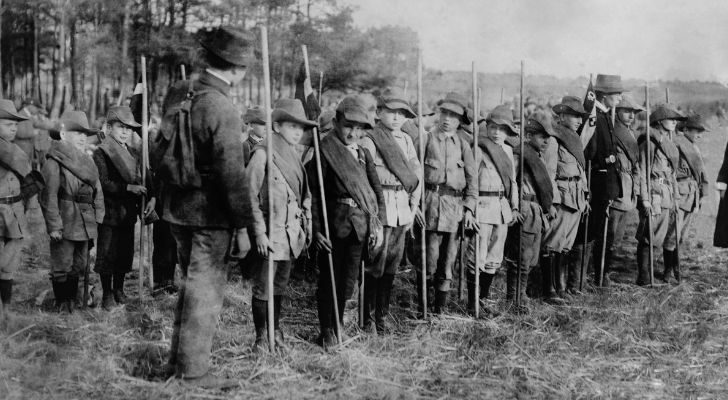
Eighteen was the minimum age requirement to join the military, but some younger boys lied to get in. It was usually easier for kids who had already met the physical requirements to enlist despite being young.
Additionally, birth certificates weren’t so common, so the recruiting officers couldn’t always verify whatever age the boys claimed to be.
The youngest soldier to fight in WWI was just eight years old.

In 1914, eight-year-old Serbian boy Momčilo Gavrić lost his entire family to an Austrian offensive.
Desperate to get his revenge, Gavrić joined the 6th Artillery Division of the Royal Serbian Army. Gavrić fought bravely throughout the war and lived until the ripe age of 87.
The youngest British soldier in the First World War was only 12.
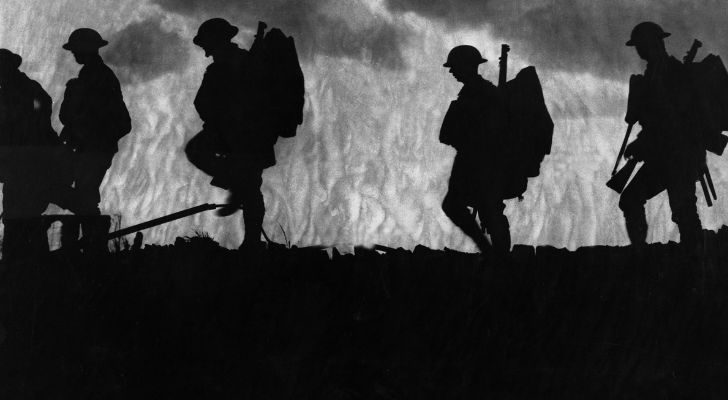
Sidney Lewis joined the East Surrey Regiment in 1915 when he was just 12 years old. Like other child soldiers, Lewis was able to pass muster due to his height.
His run in the war ended two years later when his mother realized that he had enlisted. Not that this stopped Lewis, as he re-enlisted in 1916!
The deadliest WW1 fighter pilot was a German who flew only red planes.

German fighter pilot Manfred Albrecht Freiherr von Richthofen, nicknamed “The Red Baron,” insisted that his planes be painted red.
The Red Baron was such an incredibly talented pilot that in April 1917 alone, he bested and shot down 22 enemy aircraft. By the time of his death in 1918, he was credited with 80 kills, the highest recorded in WW1.
The last verified WWI soldier died in 2011.

Claude Choules of the British Navy served as a naval officer on the battleship Revenge during WWI and returned to fight again in the Second World War.
Before his death at the ripe age of 110, he was the sole surviving veteran of both world wars.
Germany banned sausages during WWI.
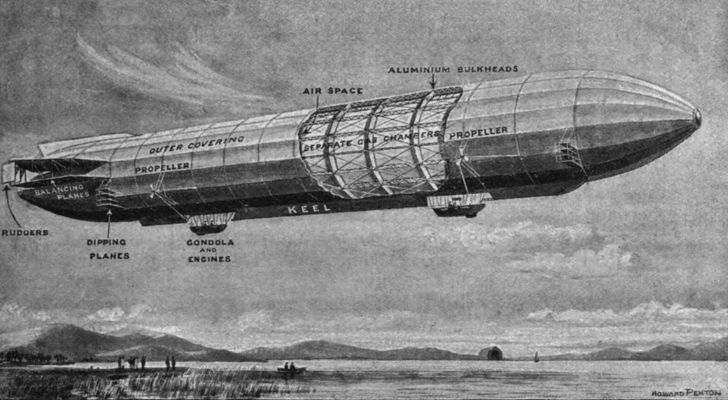
Sausages and zeppelin gasbags were made from the same material: animal intestines. Each giant zeppelin had multiple gasbags made from the intestines of 250,000 cows to help them float.
Germany was ultimately forced to place restrictions on the making of sausages because there weren’t enough intestines to go around!
The invention of the Buckingham incendiary bullet helped the British fight against the zeppelins bombing cities during the war.
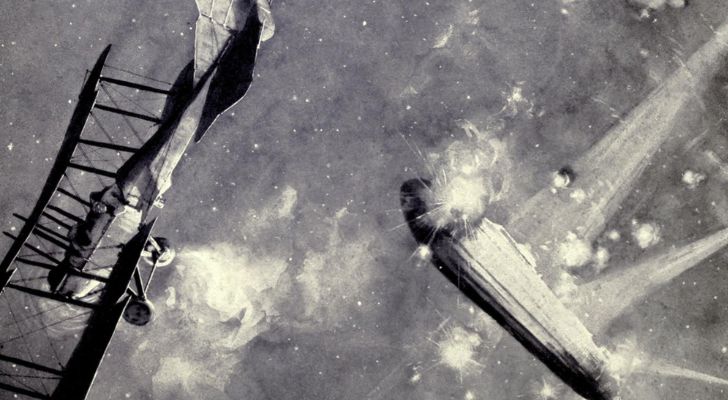
Zeppelins terrorized British towns by dropping bombs from high up in the skies.
Regular bullets proved ineffective against them till the Buckingham incendiary bullet was invented. These special bullets pierced and ignited the gas bags, burning the zeppelin.
The London Tube helped shelter people from terrifying WWI German air raids.

German air raids during the war shook British cities, and the people ran to take cover.
Those in London were fortunate that they had the underground metro system, which sheltered as many as 300,000 people during air raids.
The British Government advised people to eat slowly during the war.

During WWI, food rationing was implemented to help manage food shortages.
As part of the measures in place, authorities advised that people eat slowly so their food portions would last longer. They were also discouraged from sharing food with stray animals.
Shell shock was mistaken for cowardice during WWI.
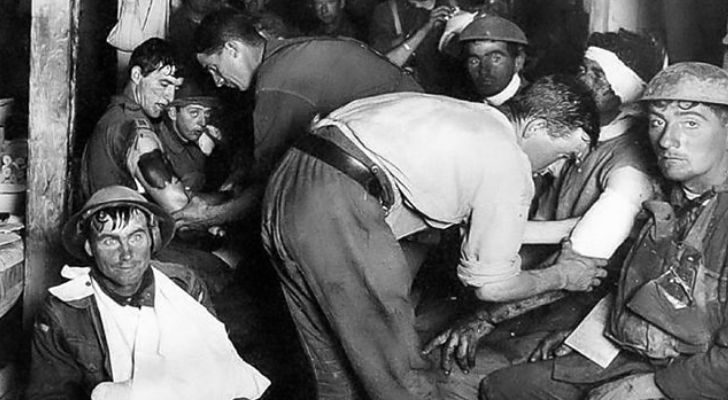
Post-traumatic stress disorder, which we now know shell shock to be, was a completely unknown concept at the time.
When soldiers on the front line started showing symptoms of fatigue, confusion, tremors, and impaired senses and referred to it as “shell shock,” many officers merely pressed their men onwards.
WWI led to the widespread adoption of the medical triage system.

Although the triage system already existed in France at the time, it wasn’t a popular or well-known concept.
During the war, a pressing need to rapidly and accurately assess wounded soldiers and send them to the correct doctors arose. Fortunately, the French system did just that.
Blood banks were invented on the WWI frontlines.

Blood transfusions were a common concept, but there was no real way to store blood yet. Oswald Robertson, a military medical officer, came up with the idea of storing blood in “banks” so that transfusions could be given on demand.
Oswald’s blood banks saved the lives of 22 men, and his ideas saved countless more.
The degree of injuries soldiers sustained in the First World War led to the development of Plastic surgery.
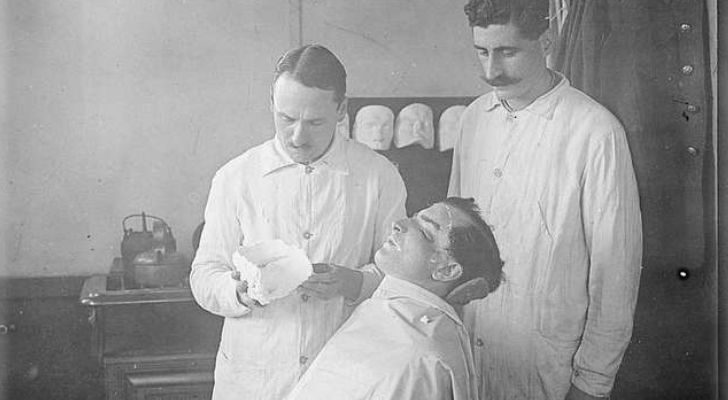
The kind of weapons used in the war left many soldiers with graphic facial wounds and unsightly scars. This necessitated a new field in medicine, plastic surgery.
This new field was pioneered by a surgeon from New Zealand, Harold Gillies, who set up the first surgical unit for facial reconstruction surgery.
WWI trenches were a breeding ground for diseases.
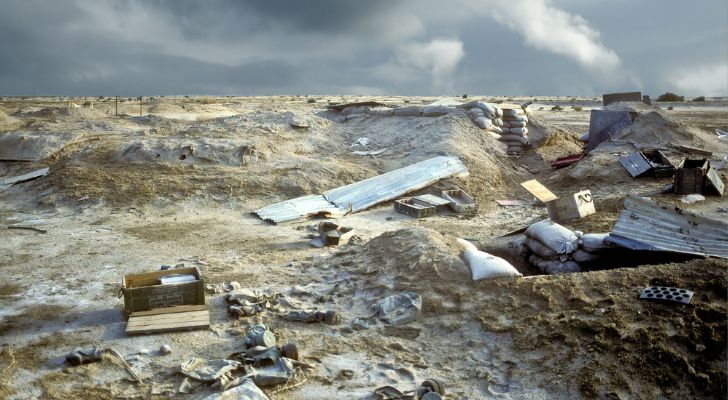
For weeks on end, soldiers cowered in dank, sodden trenches full of mud and pests like rats and lice. Unsurprisingly, these conditions were ideal for the spread of diseases.
Outbreaks of typhoid, yellow fever, diarrhea, cholera, and trench foot, a nasty foot infection, were common.
World War I field nurses inspired disposable sanitary pads.

Nurses treating wounded soldiers at the front also used surgical dressings made from a new material, cellucotton, for their menstrual cycle.
Disposable pads had never taken off, but when Kotex began advertising that WWI nurses used them, the concept suddenly became all the rage!
The First World War was the first time poison gas was used in combat.

World War I featured the first large-scale use of chemical weapons, earning it the alias the Chemist’s War.
The first large-scale chemical attack came from the Germans, who released chlorine gas during the Second Battle of Ypres on April 22, 1915.
Britain’s first use of chlorine gas as a weapon in WWI backfired.

Britain tried to use chlorine gas at the Battle of Loos on September 25, 1915.
Unfortunately, the wind blew the gas back to the British trenches, so all they did was gas themselves.
The British Army faced its bloodiest battle in history on July 1, 1916.
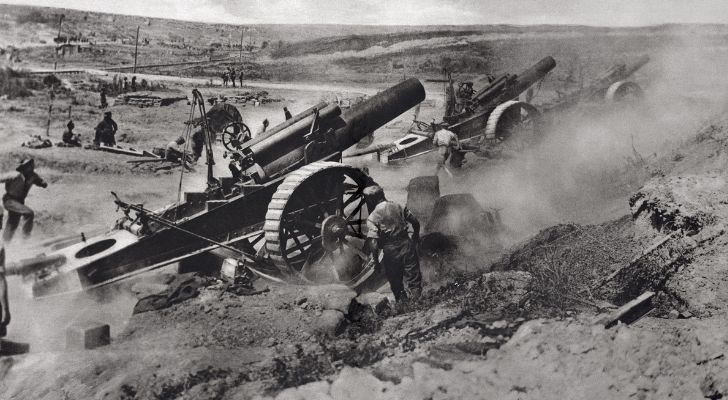
This was the first day of the Battle of the Somme, which resulted in 19,240 deaths and a further 38,230 injuries.
The Battle of the Somme produced over a million casualties.
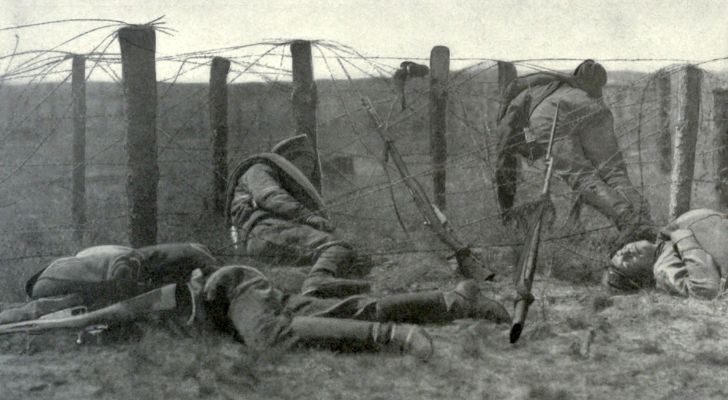
The bloody battle lasted five months, spanning from July 1 to November 18, 1916.
Germans suffered the most losses, with 650,000 dead and injured. The British followed closely with 420,000 casualties, while France had 195,000.
Most British fighters in the Battle of Somme lacked battlefield experience.

Most British Army soldiers at that time were civilian volunteers who had never seen real combat firsthand. This may have contributed to the extensive damage they endured in that battle.
Over 20 million people watched the original documentary film about the Battle of the Somme.
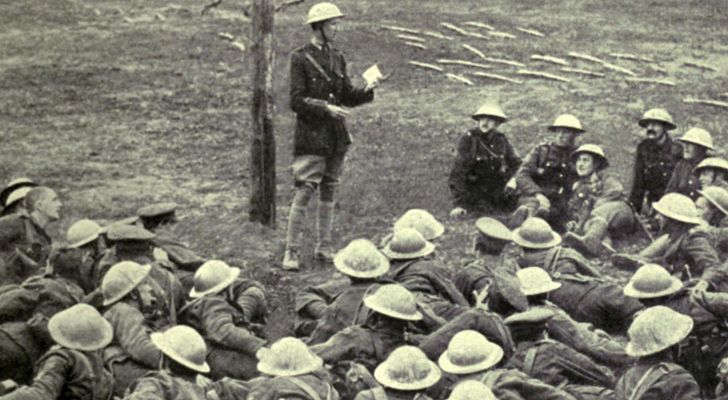
The Battle of the Somme, the first full-length film to capture soldiers in action, was released to British cinemas on August 21, 1916.
It captured tragic images of the reality of war and was viewed by more than half the population of Britain in just six weeks.
Throughout the First World War, the British and American military planted a staggering 72,000 mines in the ocean.

The mines were planted in the sea from Scotland to Norway in an attempt to thwart German submarines.
The idea clearly worked, to some degree at least, as it sank six German U-boats and destroyed many more.
France designed a fake Paris to trick German WWI pilots.

This dummy city was only about 15 miles (24 km) away from the real Paris.
The fake Paris had lookalikes of iconic landmarks like the Arc De Triomphe, streetlights, and even fake neighborhoods.
They hoped the dimly lit decoy would fool German bombers at night when the lights in the real city went off.
J. R. R. Tolkien started writing his fantasy novels while serving as a British soldier in WWI.

J. R. R. Tolkien is the famous English writer of the Lord of the Rings and the Hobbit. He served in WWI with the Lancashire Fusiliers at the Battle of the Somme and began writing stories set on Middle Earth during this time.
Many of the battle scenes in his novels are believed to be influenced by his wartime experiences.
Marie Curie tried to support the war by donating her Nobel Prize gold medals.
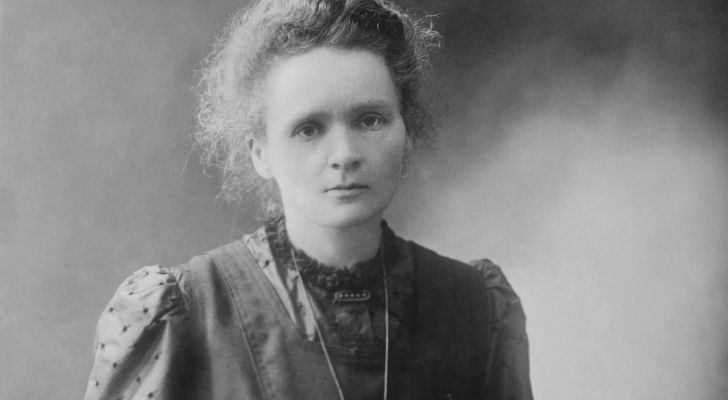
Despite her good intentions, the French Government rejected her gold medals. Nevertheless, Marie Curie still supported the war effort by using her Nobel prize money to purchase war bonds.
Marie Curie built mobile X-ray units nicknamed “Petites Curies” to save the lives of wounded soldiers at the front.

The renowned scientist gathered donations from wealthy friends to place X-ray machines on automobiles.
By October 1914, they were ready, and Curie and her daughter accompanied the first 20 mobile X-ray machines to the frontlines.
WWI soldiers stopped fighting to celebrate Christmas.

At the outbreak of the Great War, many believed they would all be finished and home by Christmas.
When Christmas 1914 rolled around, that clearly wasn’t the case. To keep their spirits up, both sides sang Christmas carols from their trenches. This soon led to an unofficial truce along most of the British/German frontlines.
Soldiers met in no man’s land to exchange pleasantries and Christmas gifts as well as to bury the dead. In one case, a rag-tag game of soccer was played between both sides!
Fifty-three lucky British villages didn’t lose any men to the First World War.

Everyone who left these settlements to fight in the First World War came back alive.
Many of these “thankful villages” had populations of less than fifty people!
Germany used a secret weapon to fight Russia: Vladimir Lenin.
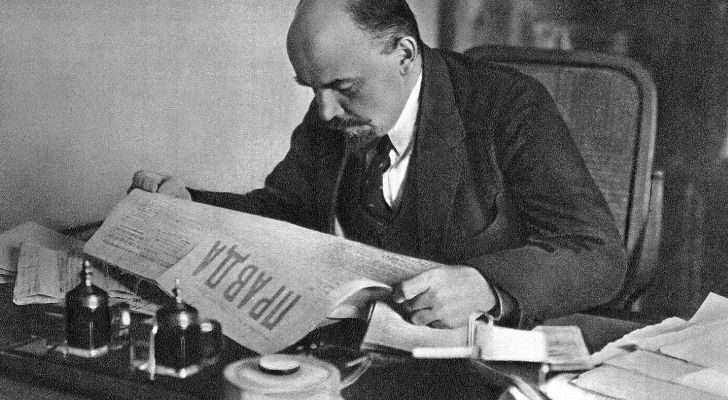
Before the outbreak of the war, Vladimir Lenin had been exiled from Russia for his socialist, anti-Tsarist views.
When the conflict intensified, Germany smuggled Lenin back home on a train.
By this time, the Tsar had abdicated, so Germany hoped he would take control of the country and end Russia’s part in the war. Ultimately, the plan worked.
The USS Texas is the last surviving Dreadnought-class ship from WWI.

Commissioned in 1914, the USS Texas was one of the most powerful battleships at the time. It joined WWI in 1917, firing America’s first shot in the war at a German U-boat.
This historic ship was also involved in several major combats in WWII and serves as a museum today.
The Titanic’s sister ships, the Olympic and Britannic, served in the First World War.
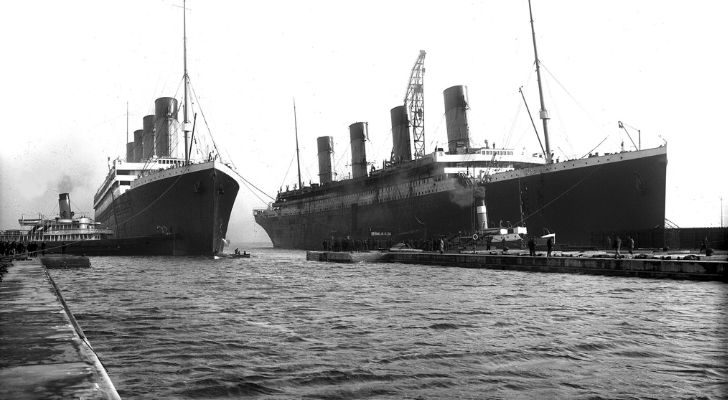
These giant ships served as hospitals and troop transport vessels. The Britannic, ending up like the Titanic, sank a year into its service after hitting a German mine.
The Olympic, nicknamed “the old reliable,” sank a German U-boat and survived the war.
WWI led to the rise of female police officers.

The First World War depleted the number of men available to take on previously male-dominated roles, such as law enforcement.
Women stepped up to the plate and served as police officers, maintaining order in factories, hostels, and streets.
German troops stationed at Fort Douaumont caused the death of hundreds of comrades by making hot coffee.

On May 8, 1916, soldiers at Fort Douaumont had the bright idea to heat up their coffee using flamethrower fuel.
The fuel burned too quickly and spread to an ammunition dump, and explosions ripped through the fort.
All in all, 673 German soldiers lost their lives to the fire, and an additional 1,800 were injured.
The US Army used Choctaw soldiers as WWI code talkers.

US Army phone lines were being tapped, and their codes were being deciphered too easily.
The solution? Recruit a bunch of Choctaw tribespeople to relay messages in their native language! The ingenious solution worked a charm, and the Germans were more puzzled than ever.
The American military code talkers used nine Native American languages for secret WWI communications.
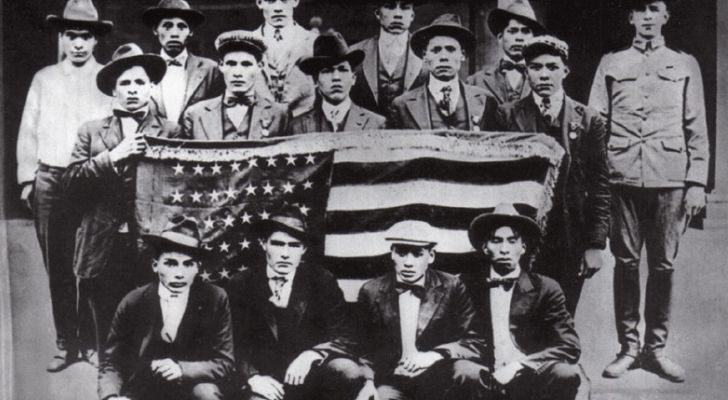
Choctaw wasn’t the only Native American language that the American military used to confuse German spies.
Other World War I code talkers spoke Cherokee, Osage, Cheyenne, Yankton Sioux, Comante, and Ho-Chunk.
German intelligence listening in on American communications during WWI thought they talked underwater.

The Native American languages spoken by the code talkers sounded alien to the Germans. Soon, rumors started that the Americans had a device for communicating underwater.
German soldiers were the first to use flamethrowers during the Great War.

These terrifying weapons could shoot fire to a distance of up to 20 yards (18 meters). They were either mounted on vehicles or carried by infantrymen as they marched to combat.
The Allies’ Commander-in-Chief had little faith in the treaty that ended WWI.
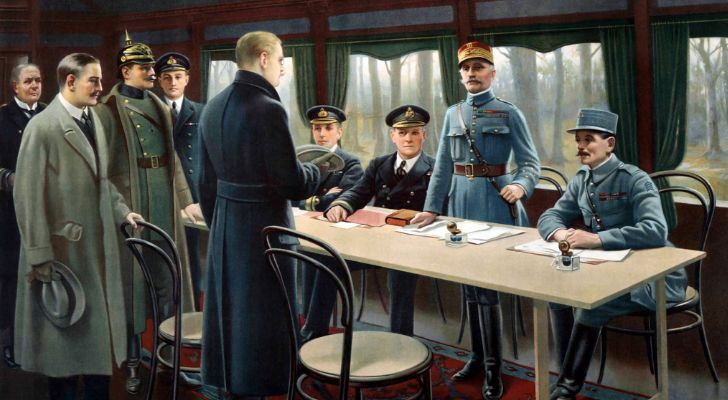
The Treaty of Versailles was signed on June 28, 1919, and marked the official end of the First World War.
However, not everyone had high hopes of lasting peace, including Marshal Ferdinand Jean Marie Foch, the Commander-in-Chief.
Foch criticized the treaty, declaring, “This is not a peace. It is an armistice for twenty years.” He wasn’t wrong.
Sir Adrian Carton de Wiart, who fought in WWI and other conflicts, was nicknamed the unkillable soldier.
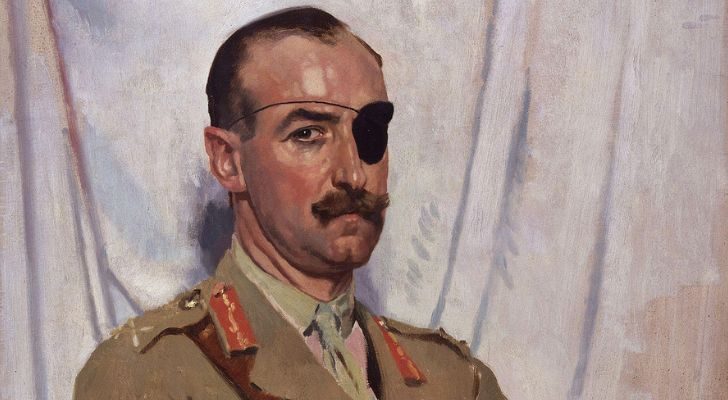
He was wounded eight times in the First World War. He also fought in the Boer War and Second World War. He lost an eye and an arm and sustained multiple injuries to his hips, skull, leg, ankle, and ear.
The first WWI gas masks were simply urine-soaked rags.
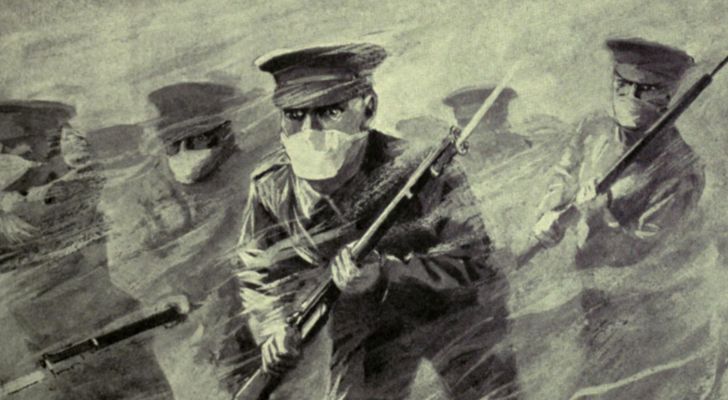
The chlorine gas attack at the Battle of Ypres had the soldiers gasping for air as the gas burned their airways.
The troops made makeshift gas masks by tying urine-soaked handkerchiefs around their faces, as the urine helped nullify the chlorine gas.
Britain recruited about 95,000 laborers from China to help the war effort.

Those recruits, primarily coming from remote villages in China, formed the Chinese Labour Corps. The workers carried out crucial duties like digging trenches, transporting supplies, and repairing tanks.
WWI soldiers weren’t allowed to grow beards.
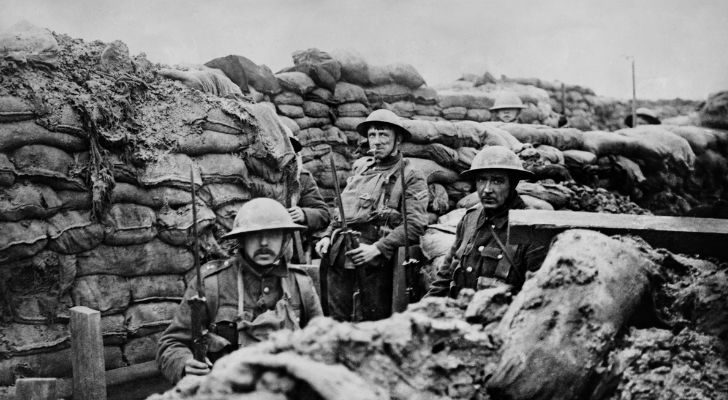
Up until then, soldiers, more often than not, sported thick, wiry beards. Unfortunately, these got in the way of gas masks, so the world’s soldiers went clean-shaven.
Approximately 25% of US WWI recruits failed the basic literacy test required to join the army.

This test assessed their reading skills, basic arithmetic, and writing. About 700,000 men couldn’t pass and consequently lost their chances of joining the military.
The Battle of Osowiec Fortress, also called the Attack of the Dead Men, was one of WWI’s most horrifying clashes.
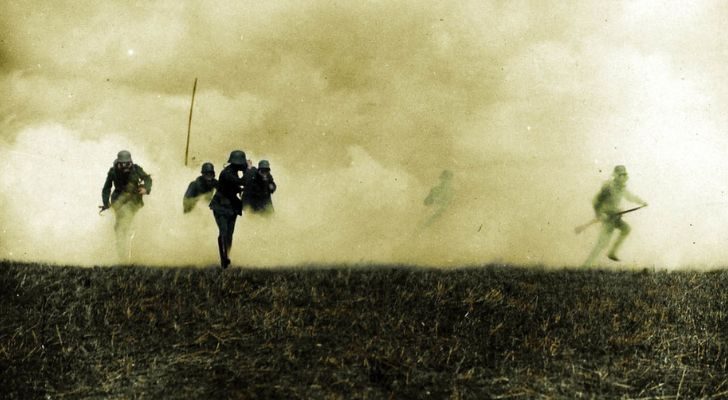
On August 6, 1915, German forces used a mixture of chlorine and bromine gas against Russian soldiers. The irritating gas turned to lung-dissolving acids, causing the men to cough up blood clots and bits of tissue.
The bloody Russian soldiers looked like an army of zombies charging forward, which scared the Germans away.
American Henry Nicholas John Gunther was the last known soldier to die in WWI.

He was shot at 10:59 a.m. on November 11, 1918, only one minute before the war ended.
German soldiers tried to prevent the death of the last American killed in WWI.
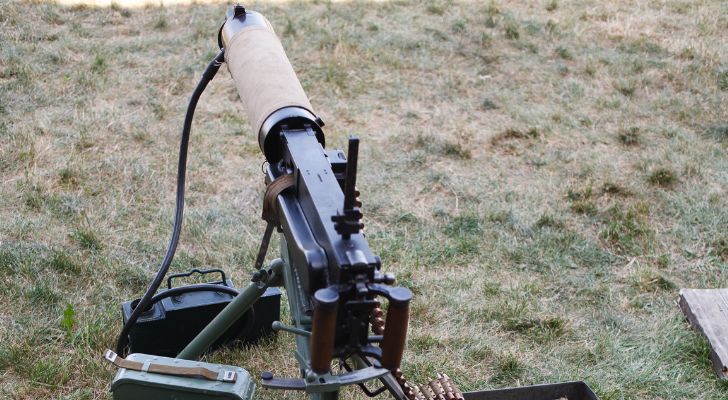
The German soldiers, already aware that signing the Armistice was underway, tried to prevent American soldier Henry Gunther from approaching.
Unfortunately, he ignored their warning and charged ahead against orders till he was gunned down.
In WWI, German artillery fired three million shells in five hours.

Operation Michael, or the Ludendorff Offensive, began on March 21, 1918. This last-ditch effort by German forces began with five hours of the most brutal shelling in WWI.
German and Russian soldiers fighting in World War I formed a temporary alliance against wolves.

On the Eastern front, soldiers on opposing sides had to band together to tackle an uncommon enemy, wolves.
These packs of wolves, displaced from their usual habitat by war, hungrily attacked soldiers. The soldiers agreed to take temporary breaks from fighting to ward off the wolves.
Germany lost the most soldiers in WWI, while Turkey lost the most civilians.
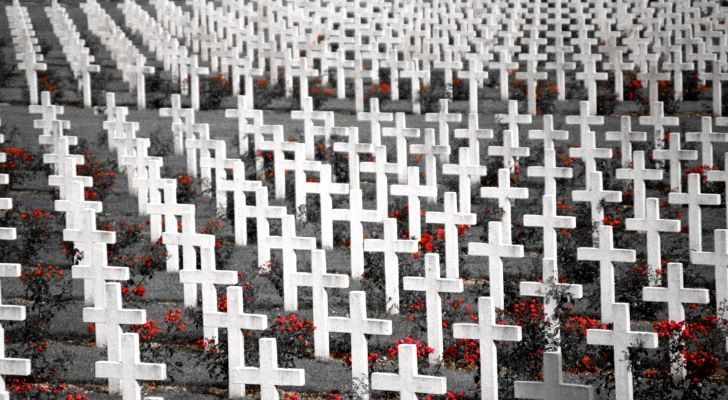
Roughly two million German soldiers died in the First World War, while Turkey lost about two million civilians.
During the First World War, the French army transported soldiers to the frontlines in city taxis.

In the first Battle of Marne on September 6 and 7, 1914, the French army commandeered 1,300 taxis. These vehicles transported roughly 6,000 soldiers to the frontlines just in time to stop the German offensive.
Some WWI soldiers got tattoos for identification.

Many soldiers worried that their bodies wouldn’t be identified if they were killed in service. So they got their social security numbers or military ID numbers as a tattoo on their body.
The American military made ships out of concrete because steel was scarce in WWI.
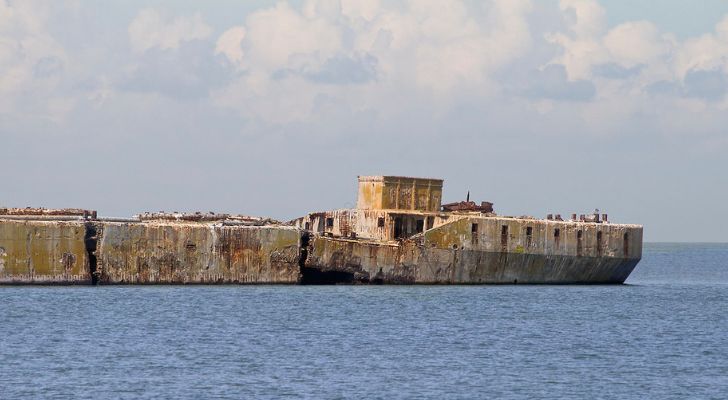
During the wartime steel shortages, American President Woodrow Wilson decided to order 43 concrete ships for the emergency fleet.
These special vessels needed less steel to produce and were surprisingly buoyant. Eventually, only 12 of the concrete ships ordered were completed.
Russia set up an all-female military unit during World War I.

Women were yet to get an active combat role in the military, so this unit was ahead of the times.
This special division, the “Women’s Battalion of Death,” included 2,000 brave young women aged 18 to 30. They were deployed in combat but were also a public symbol to shame men who declined to enlist.
Germany’s threat to target British ships during WWI was published in American newspapers.
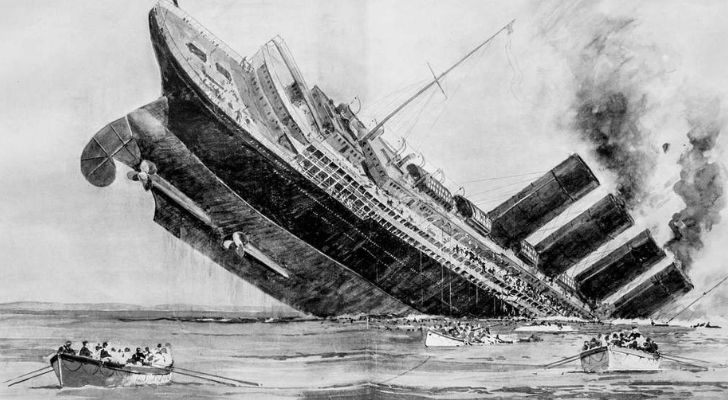
This notice was placed in several American newspapers on May 1, 1915. It warned travelers of the dangers of sailing through the war zone on British ships or vessels belonging to allied powers.
Germany’s sinking of the RMS Lusitania led to the US joining WWI.
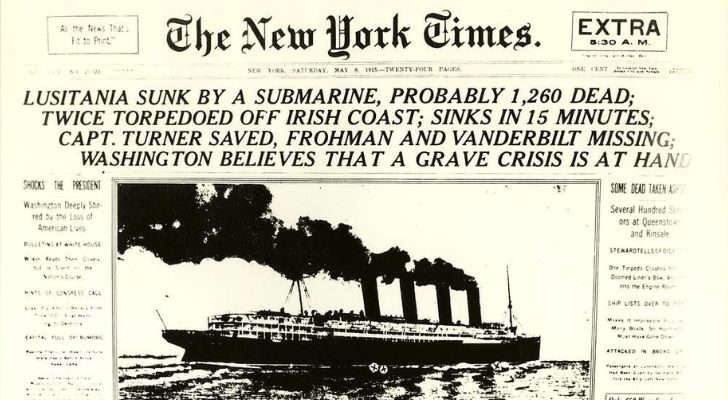
On May 7, 1915, the Germans fired a torpedo at the RMS Lusitania, a civilian steamship carrying passengers from New York City to Liverpool.
The ship was also carrying 173 tons of ammunition, one of the reasons why it was targeted.
1,195 people lost their lives, including 128 Americans, beginning a chain of events that sent the US to war.
German submarines sank a total of 6,394 ships throughout WW1.
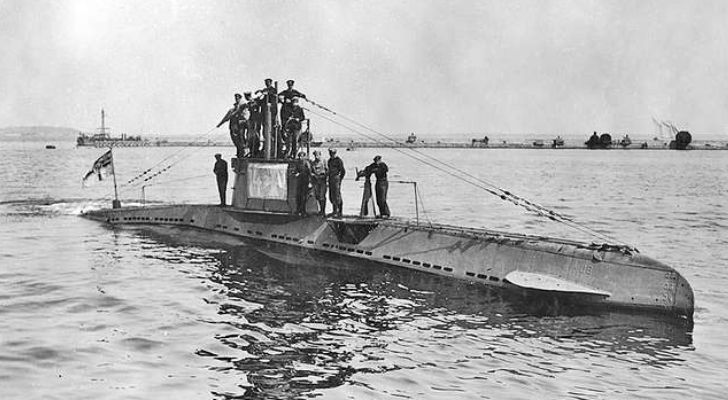
German U-boats, armed with torpedoes and guns, posed a serious threat to Allied vessels during the First World War.
They could descend to depths of 165 feet (50 meters), resurfacing to conduct a surprise attack on enemy vessels with devastating results.
The British army had a special battalion for short men during the First World War.
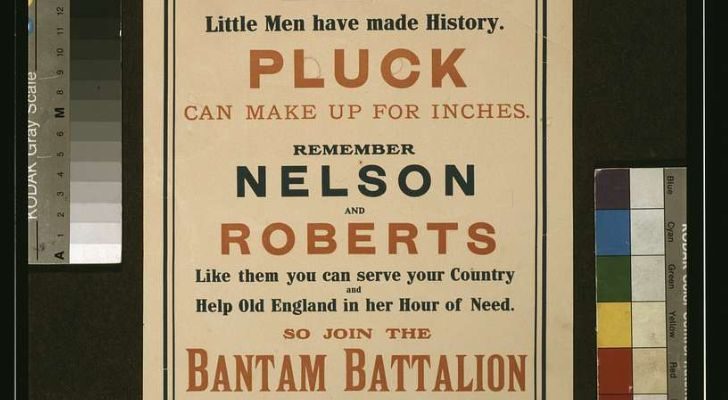
At the start of the war, men had to be at least 5 feet 3 inches (160 cm) to enlist. However, after complaints from vertically challenged patriots, the British government later relaxed this requirement, allowing shorter men to volunteer.
Overall, 29 Bantam battalions full of shorter men were created.
Sixty million shells were fired in the Battle of Verdun during World War I.

This was one of the longest offensives in the war, lasting roughly ten months from February 21 to December 18, 1916.
The battle saw entire villages wiped off the face of the map, never to return.
The Germans captured a crucial French fort in WWI without firing a single shot.

Just 56 troops manned Fort Douaumont at the time, and most of them were hiding in the lower levels due to heavy artillery bombardment.
A small regiment of German soldiers effectively snuck into the fort without notice and captured the French troops one by one.
The British and, later, the Germans built fake trees during the war to spy on enemy troops.

Unlike normal trees, these spy trees were made to look like destroyed hollow trees in no man’s land.
An observer stationed inside this tree got a bird’s eye view of the opponent and relayed information back to the base.
Chapel Street is called the bravest little street in England for its residents’ courage in World War I.
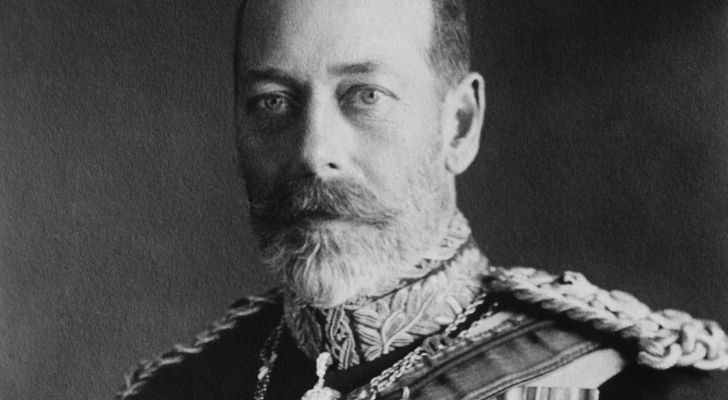
King George V himself coined the term after 161 of the 400 residents of Chapel Street, Altrincham, went to fight in the war.
Sadly, they also experienced many losses, with 29 men dying on the battlefield. Twenty more men would still die from their injuries after returning home.
Fighting in WWI didn’t completely cease after the Armistice was signed.

By 5 a.m. on November 11, 1918, the Armistice was signed and ready to take effect six hours later.
Sadly, some commanders didn’t give the order to ceasefire, and combat continued in some places right up until 11 a.m. This needless fighting led to 11,000 more casualties.
It’s estimated that one in four shells fired during the First World War failed to detonate.

The fuze ensured shells didn’t explode during storage, transportation, or launch, so they needed special arming mechanisms to detonate.
When the arming mechanisms failed to engage, they couldn’t explode. Sometimes, even properly armed shells wouldn’t detonate because of how they were fired.
French and Belgian farmers dig up weapons from WWI every year.

Many unexploded bombs and shrapnel from the war lie buried underground today, particularly on the territory of the Western Front.
As farmers in France and Belgium plow their fields annually, they sometimes find and gather them. This annual collection is known as the Iron Harvest.
Weapons from the war are still killing people long after the conflict ended.
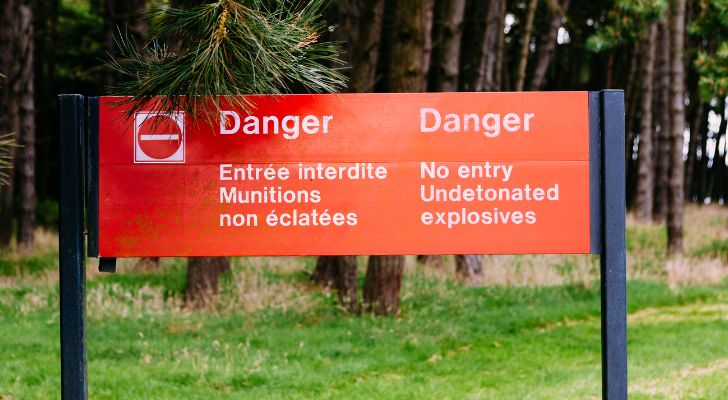
Although rare, some unearthed grenades and shells have exploded, causing fatalities and injuries. There have been around 600 explosions in the Ypres area since the war ended, killing over 300 people and injuring 500 or so more.
The Red Zone in France remains unsuitable for living more than 100 years after the war ended.

This region in Verdun, France, is a bold reminder of the devastation of the First World War. Unfortunately, it’s still unfit for humans to live or farm more than a century after fighting ceased, so the French government restricts its use.
The First World War raged for roughly four years and was marked by great bloodshed. Its impact extended beyond Europe, involving participants from Asia, Africa, the Pacific, and the Americas.
This war featured many things the world had never seen, such as chemical weapons, aerial warfare, and armored tanks.
Animals contributed to the war effort by helping to deliver information quickly, transport vital supplies, and detect chemical weapons.
The postal service ensured the delivery of millions of heartfelt letters to the fighting men to bolster their spirits. Musicians also bravely escorted fighters to battle despite being vulnerable.
If only we learned our lesson from the Great War.


















